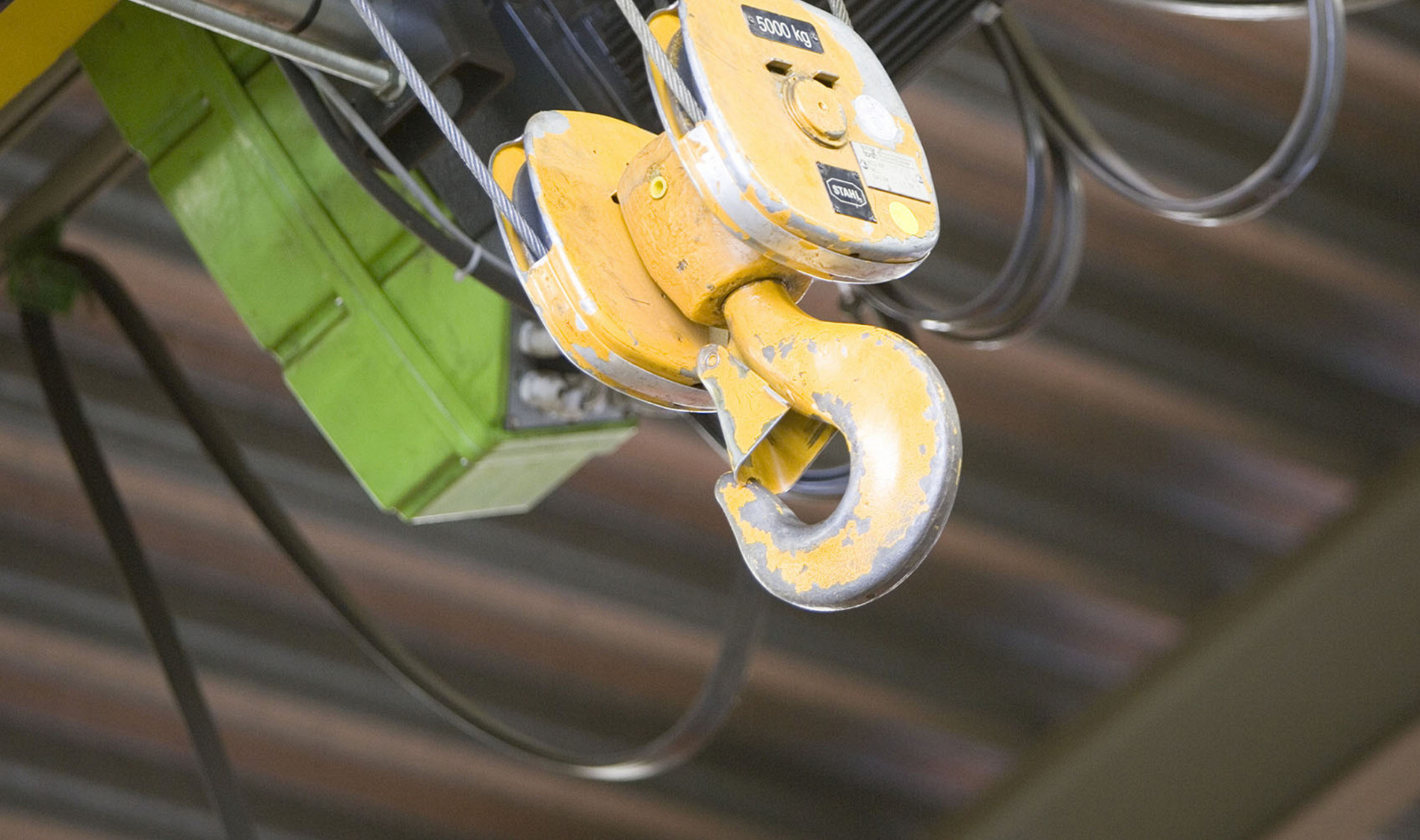European Directive on product liability

Product liability is interpreted in more detail in article 185 etc. of Book 6 of the Dutch Civil Code. The intention of the law is to protect consumers. The manufacturer is held liable for any damage/injury suffered by third parties which is caused by a defect in its product. Product liability relates to damage/injury caused by the defect and not damage to the product itself. There is a warranty scheme for this.
In the first instance, the scheme relates to injury to persons, but also extends to damage that is caused to other goods. There is a minimum threshold of €500. A claim needs to be submitted to the manufacturer (or importer) within 3 years of the damage 3 being caused. Any right to a claim on the basis of product liability lapses after this period. Transactional damage, such as loss of profits, costs for replacements, and demurrage are not covered by product liability. These aspects can be set down in a contract between the supplier and the customer.
If a product is imported into another EU member state, the importer can be designated in this country as the manufacturer. A company which puts its company name and/or branding on a product is deemed to be the manufacturer. Unless a supplier indicates who the actual manufacturer is within a reasonable period, any supplier is deemed to be the manufacturer.
Under these regulations, the customer does not need to prove the fault of the manufacturer but only the damage, the defect and the cause of the damage as a result of a defect to the product. In determining whether there is a defect or not, many circumstances can be borne in mind, including:
- How the product is presented (through advertising, user instructions with warnings); misuse is excluded. Personal injury or death
- The manufacturer is always liable in this case (for injury, both in a workplace or a personal context).